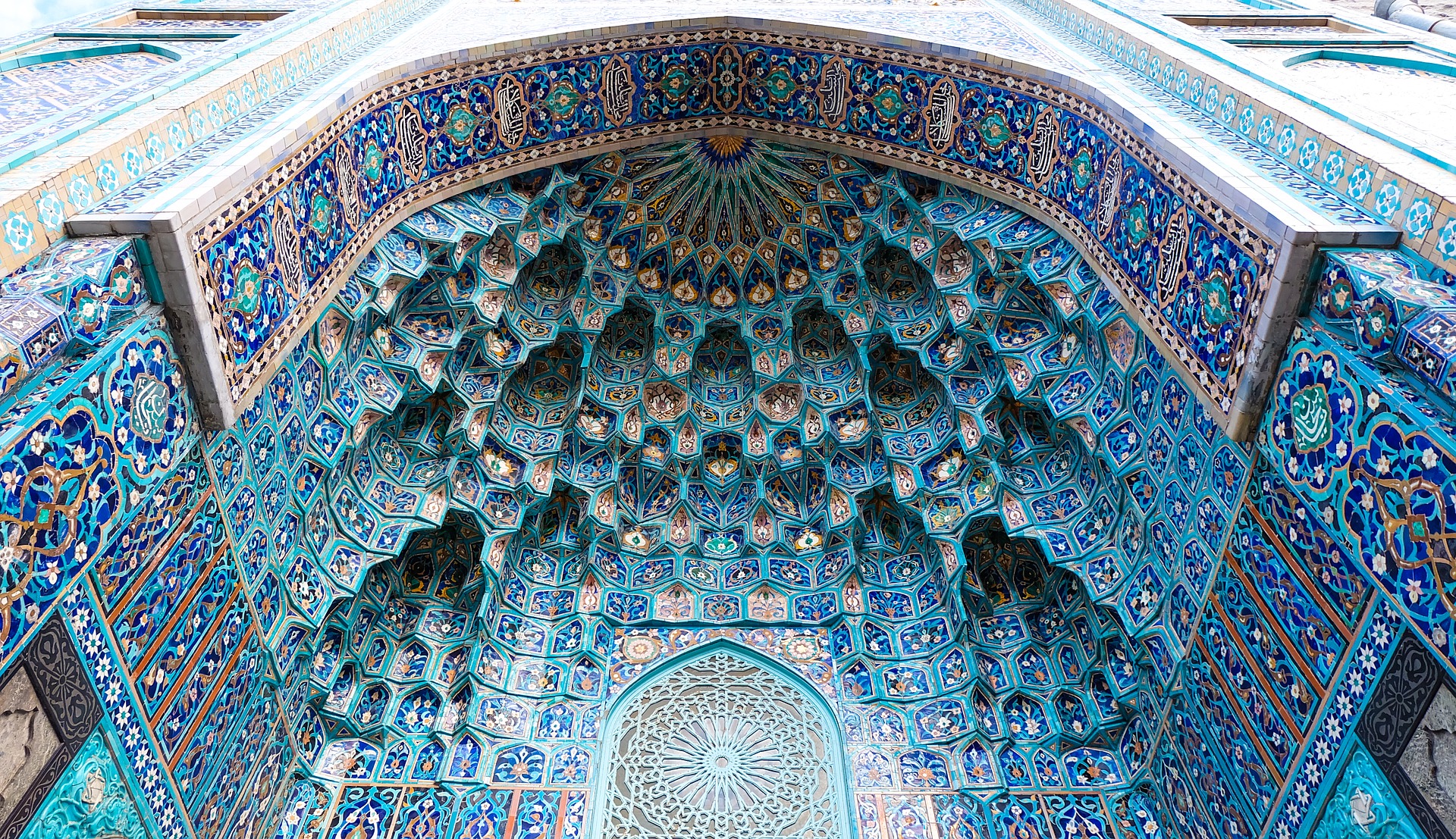The word Sphinx comes from the Greek language. The peoples of the world represented these sculptures in different ways. In ancient Egypt, lions lived beyond the Nile Valley, were beautiful and strong. Egyptian sculptors carved lion statues from stone and placed them near temples and tombs to protect themselves from evil forces. Later, instead of the head of a lion, they carved the head of the pharaoh and began to believe that the sphinx has the strength of a lion and the mind of a person, because the pharaohs were considered the representatives of the sun god Ra. In 1820, during the excavations of ancient Thebes, the Greek Janis dug up two Sphinxes from syenite, made in the 14th century BC, which faces were portrait images of the pharaoh Amenhotep III.

The found sphinxes were brought for sale to Alexandria, where they were seen by the Russian traveler A.N. Muravyov and, via the Russian ambassador, he proposed the Academy of Arts in St. Petersburg to purchase them and bring them to the capital. At the end of May 1832, valuables weighing 23 tons each were loaded onto the Italian sailing ship Buena Sperantza and set off from hot Egypt to cold Russia. The statues were installed as decoration of the pier opposite the St. Petersburg Academy of Arts, where they still stand today.
On the head of the sculptures, there are double crowns, symbolizing power over Lower and Upper Egypt, and the decorations in the form of cobra symbolize patronage and protection. The statues show many hieroglyphs, which were translated by an Egyptologist and academician Vasily Struve in 1912. These inscriptions represent the full name of Amenhotep III, the incarnate god on earth.


In addition to the ancient Egyptian statues in the city, you can count a dozen sphinxes that are more modern. Here are some of them:
Sphinxes in the courtyard of the Stroganov Palace
These two granite sphinxes are the very first ones that appeared in St. Petersburg. Since 1796, they adorned the pier in the country house of A.S. Stroganov. Since 1908, after the reconstruction of the summer cottage, they were transported several times, until, finally, they took their final place – in the courtyard of the Stroganov Palace.
Sphinxes on the Egyptian bridge
This old bridge over the Fontanka River with four cast-iron sphinxes got its name because it was decorated at the beginning of the 19th century in a characteristic Egyptian style.
Sphinxes in the courtyard of the Mining Institute
In the courtyard of the Mining Institute, located on Vasilievsky Island, in the greenery of an old garden in 1826, small and graceful sculptures of sphinxes appeared. These sculptures have a rich dark color and have very expressive female faces. No wonder they are considered the most feminine.
Sphinxes on the Robespierre Embankment
In 1995, opposite the famous St. Petersburg “Crosses” prison appeared two eerie bronze sphinxes. For people on the embankment, these sphinxes look quite traditional – they have ordinary female faces. But from the Neva and the prison side, their faces are pitted skulls. Sphinxes were donated to the hometown by sculptor M. Shemyakin as a monument to the victims of political repression. On their pedestals are lines from the verses of once disgraced authors.
You can check these ancient Egyptian statues in course of my private tours
Information About the Excursion
Schedule
Open all year round.
Public Transport
| Address | |
|---|---|
| University Embankment 17 | |
| Metro / Subway | |
| Vasileostrovskaya | |
| Buses | |
| 1st Cadet Line of Vasilievsky island | 24 |
Share

